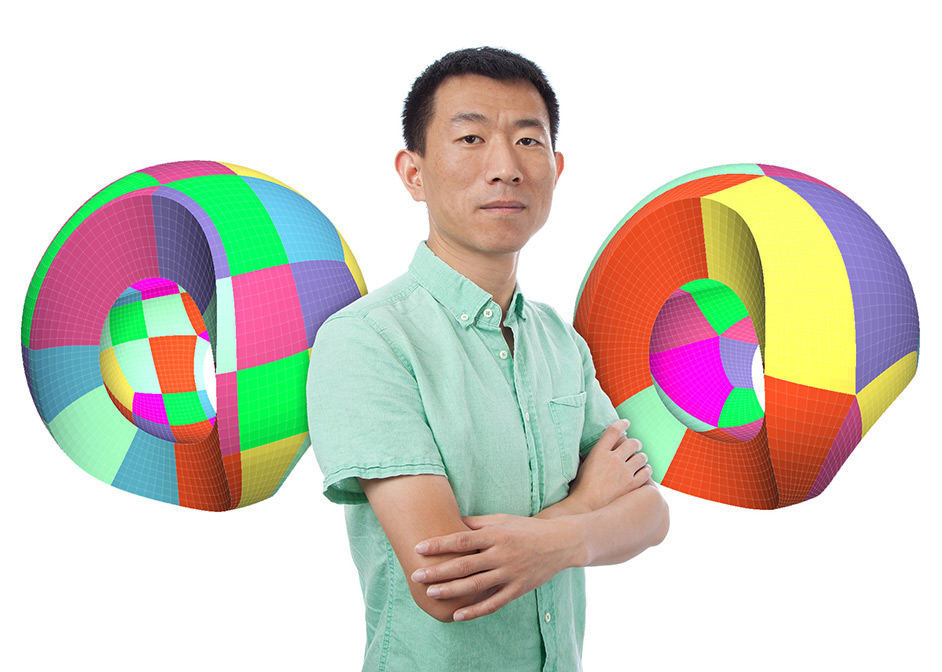CS Alum Receives Tenure-Track Position
Visualization Research for Use in Simulations of Product Designs
This fall, Xifeng Gao (Ph.D. ’16) will start as a tenure-track assistant professor of computer science at Florida State University. In this new position, he will continue to work on research started during his time at the University of Houston.

As a graduate student in the Department of Computer Science, Gao was advised by UH faculty members Guoning Chen and Zhigang Deng. Gao’s thesis work was in the area of geometry processing, specifically hex-mesh generation, optimization and evaluation.
Simulations Offer Opportunity to Predict Functionality
Gao’s work is geared toward enabling simulations of potential products. Given that prototypes are time-consuming and expensive to manufacture, simulations offer product designers the opportunity to test out different designs.
“The purpose of a simulation is to verify or estimate a product’s functionality without fabricating it in the real world,” Gao said.
Although design graphics render a visually understandable product design, simulation software has different requirements. To perform simulations, designers need to convert a smooth, three-dimensional image into a discretized form that can be easily solved by the simulators.
Strategies for Rendering 3D Models
“Computers are binary,” Gao said. “They are not good at representing continuous objects.”
A smooth continuous shape represents an infinite number of elements, and as such, would require an infinite amount of computational power. Gao’s research focuses on devising strategies that can render 3D models into a form that is usable for simulation software.
This requires a balance between having enough information about a model to get accurate predictions, versus having so much information that computation becomes slow or impossible.
Mesh Generation Enables Simulations
The answer to this problem lies in mesh generation, which is finding ways of creating a 3D model using different shapes. The result looks a little bit like chainmail, a mesh of shapes gluing together forming a 3D structure.
This mesh generation creates identifiable points and faces for simulation software to use for calculations, while preserving the integrity of the design.
The dataset and source code developed by Gao are available online, and have been used by research groups at major universities, national laboratories, and companies within the U.S. and around the world.
Supportive Mentors: Working Through Problems
Since graduating from UH, Gao’s work has expanded, taking on new dimensions. However, he still remembers the lessons he learned as a student.
“My advisors were very good at pointing me toward the big picture, reminding me to think about what my research will be used for,” Gao said. “Whenever I had difficulties, they discussed the problems with me, while offering encouragement.”
“Being offered an assistant professor position at a Tier One research university is a great honor for a recent Ph.D. graduate,” said Jaspal Subhlok, professor and chair of the computer science department.
- Rachel Fairbank, College of Natural Sciences and Mathematics
June 1, 2018